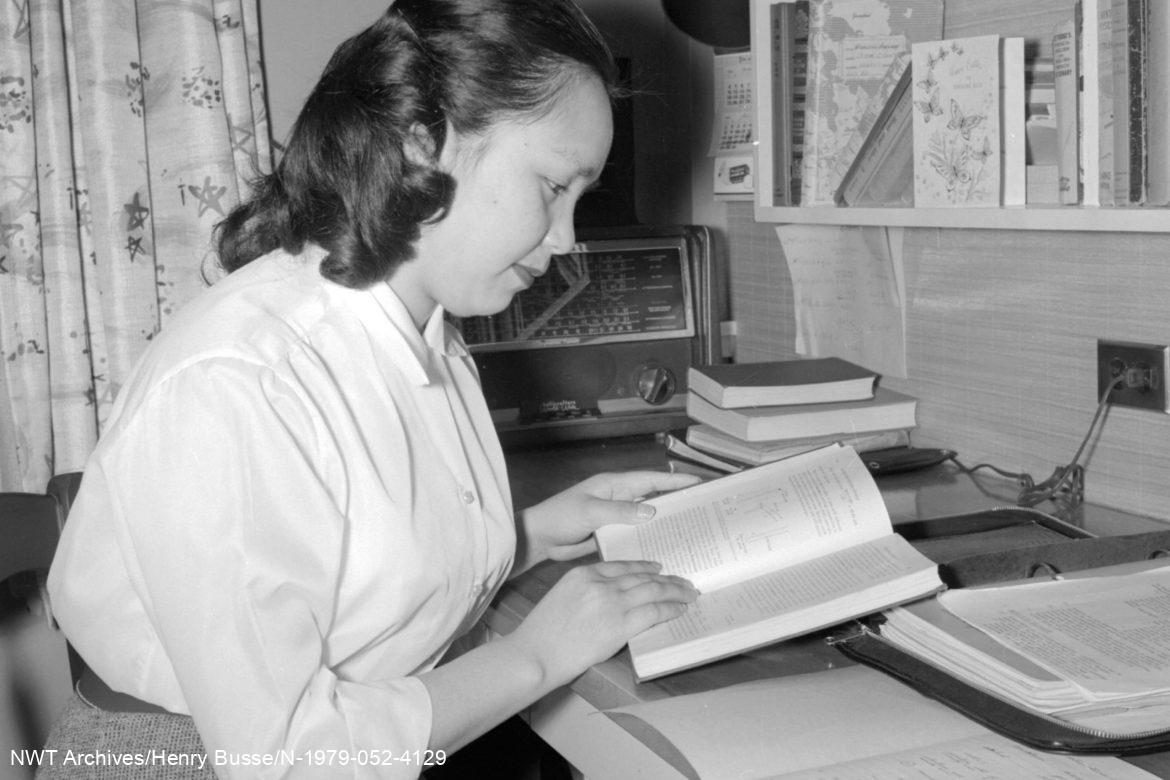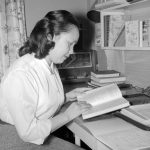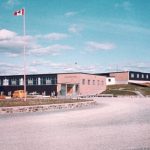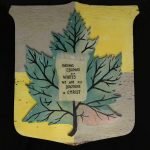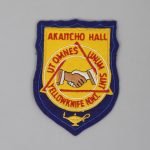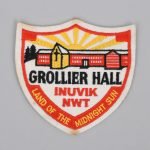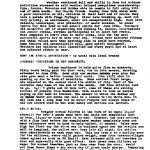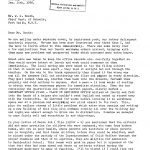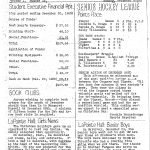1955
Changing a School System
On April 1, 1955, the federal department of Northern Affairs and National Resources implemented a unified system for school administration in the Northwest Territories. Before this time, the responsibility for Inuit, Dene, Métis and non-Indigenous students fell under multiple federal departments. The 1955 change eliminated some of the administrative racial segregation that made administering NWT education so difficult up to that point. The mix of Roman Catholic and Anglican day and residential schools, mine company schools, Indian Affairs Branch schools, Northwest Territories Council schools, and local schools run by school boards were brought under the federal government’s umbrella administration, and all teachers became federal government employees. During the 1954-55 school year, 2,067 students in 76 classrooms were supervised by 92 teachers in the NWT.
The federal government established minimum standards for teachers in line with those for southern Canadian jurisdictions, and a significant number of northern teachers were found to be underqualified and lost their jobs. A Canada-wide teacher recruiting drive was undertaken, and southern, non-Indigenous teachers came north looking to fill many of these positions.
Many northern church-run residential schools were, by the mid-1950s, in a state of disrepair. The system had run for years on minimal federal funding, and the buildings were old and run down. When the federal government took over responsibility for residential schools, they immediately began an expansion and replacement program. A five-year plan was implemented, which saw the closure of these old church-run schools and residences.
In place of the old schools, large, modern schools were built in Inuvik, Fort McPherson, Fort Simpson, Fort Smith, and Yellowknife. These regional schools were intended to serve students from the community and those from smaller communities. Construction began on large student residences adjacent to the day schools to house these out-of-town students.
The large residences were called “halls,” a term that planners considered friendlier. During the latter half of the 1950s and into the early 1960s, the Canadian government built Fleming Hall at Fort McPherson, Bompas Hall and Lapointe Hall at Fort Simpson, Breynat Hall at Fort Smith, Grollier Hall and Stringer Hall in Inuvik, and Akaitcho Hall in Yellowknife.
While the new schools were federally run, the associated student residences were managed by Roman Catholic and Anglican churches except for Akaitcho Hall in Yellowknife. An agreement brokered with church officials ensured the maintenance of religious instruction in the schools while allowing the Canadian Government to function as a distant trustee. Since the Federal government did not build schools in every community of the NWT and required families who lived on the land to send their children to the residence, Canada continued to perpetuate the same injustices of the church-run systems. The new federally run residential system continued to break families apart and caused cultural loss and suffering for generations of children. The post-1955 residential school system was supposed to address and rectify the deficiencies of the pre-1955 system. Still, it replaced old problems with new ones and “left behind a sorrowful record of neglect and abuse.”
